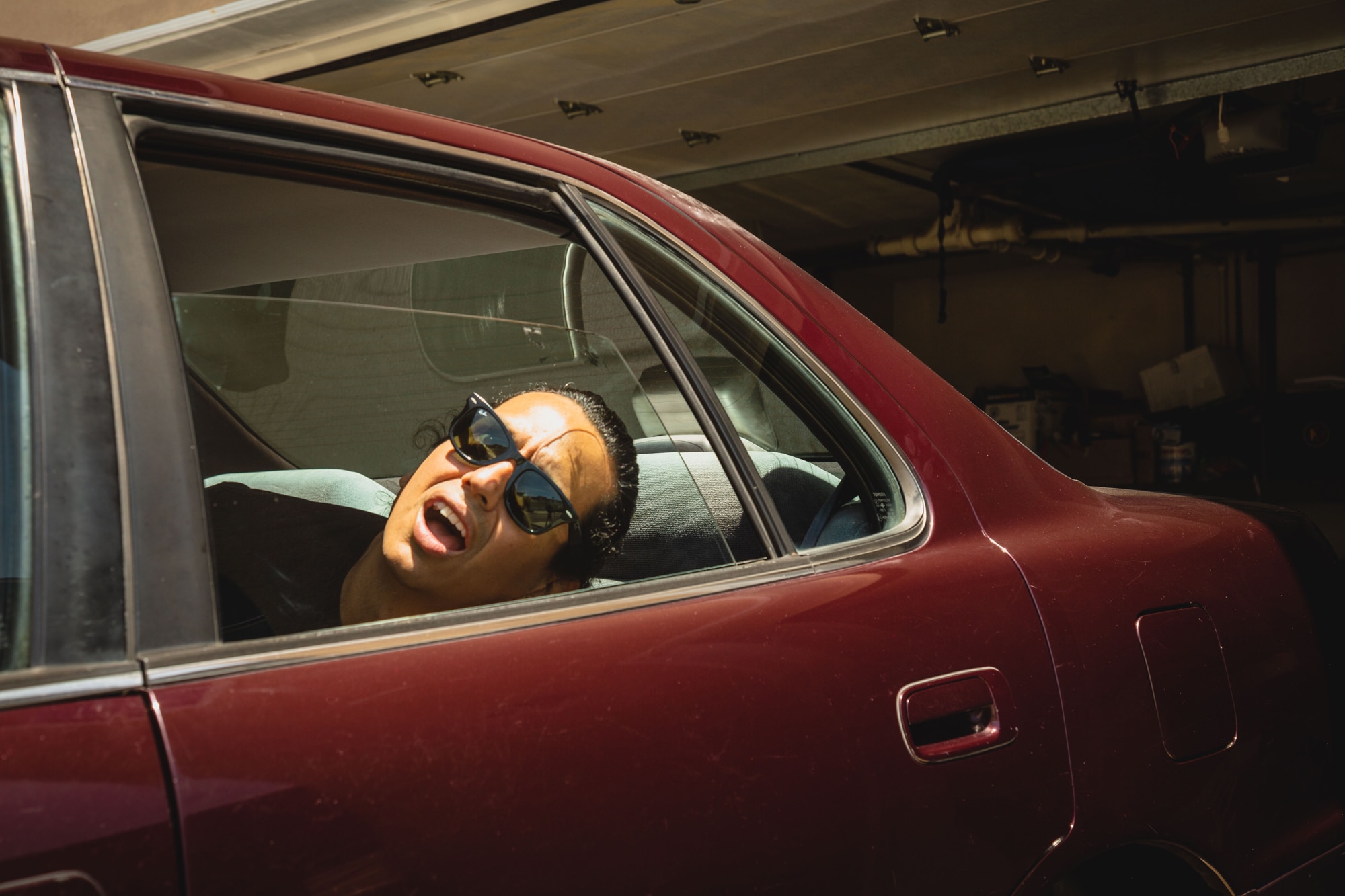What to Know Before You Tint Your Car's Windows
If you're interested in throwing shade on your windows, these quick tips will help steer you in the right direction.
 Manuel Carrillo III | Capital One
Manuel Carrillo III | Capital One
What is Window Tint?
Window tint is an ultrathin film applied to the inside surface of a vehicle’s windows. It varies in darkness and is measured according to visible light transmission (VLT), the percentage of light visible through the window. If a certain tint has a VLT of 5%, only 5% of ambient light passes through the window. (A window with a VLT of 5% would be very dark).
Before deciding how dark your window tint should be, you should consult your state’s laws, which dictate which levels of VLT are legal. Levels vary from state to state, and can also vary according to the vehicle you drive.
What are the Different Kinds of Window Tint?
One of the most important things to know before tinting car windows are the five kinds of window tint: ceramic, carbon, metallic, dyed film, and hybrid.
Ceramic window tint is the most expensive but also the most effective. It provides superior protection against heat from the sun, as well as UVA/UVB and infrared rays. It’s generally more resistant to scratches and fading than other types of window tint. Carbon window tint is next in line in terms of price and quality; it has a good reputation for durability and provides protection from harmful UV rays. This window tint is black in appearance, and is also noted for keeping the interior cool in the summer months and warm in the winter.
Metallic window tint is just what it sounds like—window tint with a shiny, metallic appearance. While this form of window tint also has decent protective properties, it can interfere with radio and cellular signals, as well as tire-pressure monitoring systems, so it’s likely a nonstarter for most. Dyed-film window tint is the least expensive, but also the least protective and least durable. It tends to fade over time, and the layers can separate. Hybrid window tint is a combination of dyed film and metallic tint; it’s less expensive than pure metallic and more expensive than dyed film. Its dark appearance offers decent protection from sun and glare.
Could I Tint My Own Windows?
Maybe, if you’re handy with a heat gun, utility knife, and hard squeegee, then you could tackle this job on your own. But if finicky tasks aren’t your thing, you should leave this one to the professionals since an improperly applied window tint will bubble and peel away. Also, since window tint uses an adhesive to bond to the inside of the window, it’s a bit of a job to remove it if things go sideways.
Fortunately, the cost of hiring a pro for your window-tinting needs doesn’t have to be expensive. Depending on the size of the vehicle, the type of window tint, and the shop you choose, you could be looking at $150 on the low end and $1,000 on the high end for the complete job.
Written by humans.
Edited by humans.
 Mark Hacking
Mark HackingMark Hacking is an award-winning writer with more than 20 years experience covering the automotive scene for some of the world's most popular publications. Mark holds an FIA International Race license and has his sights set on competing in the Rolex 24 at Daytona in the future. He was the first automotive journalist to race in the Ferrari Challenge series (in 2013) and the Jaguar I-PACE eTrophy series (in 2019).
Related articles
View more related articles